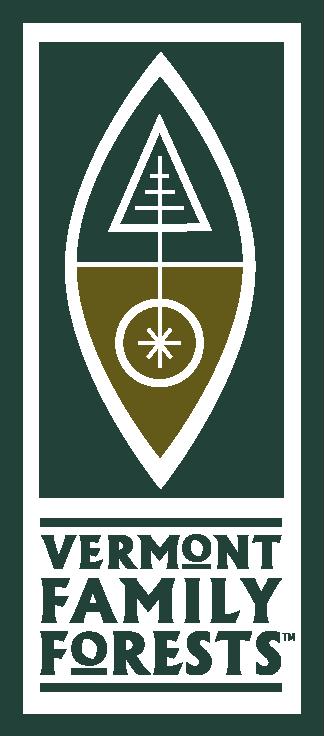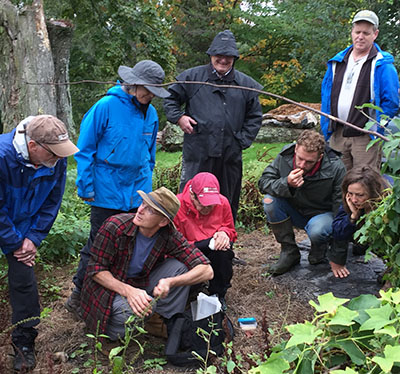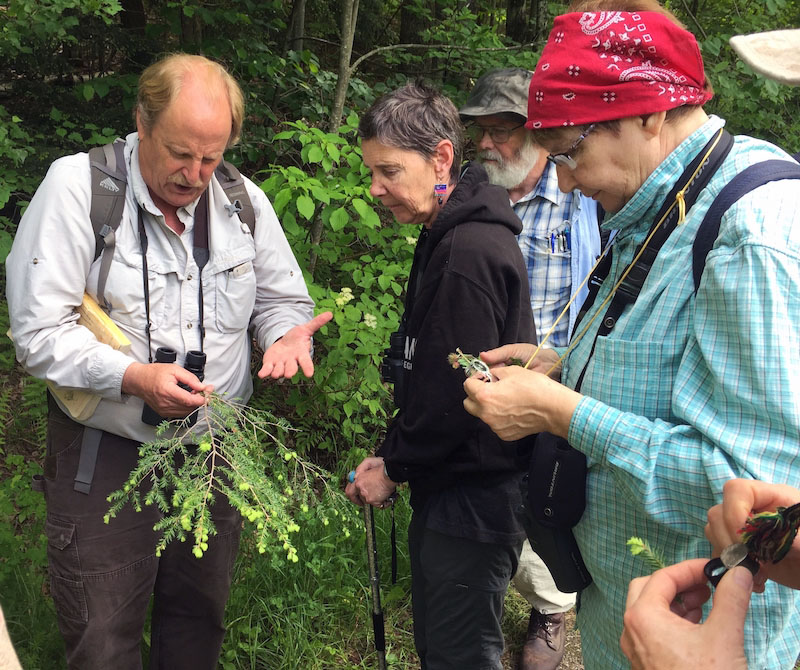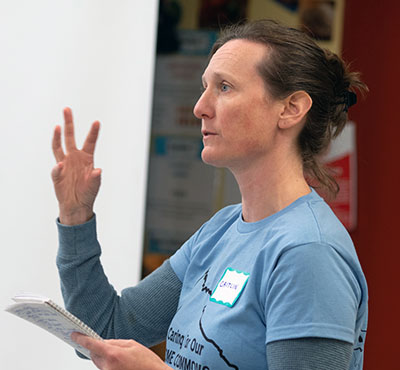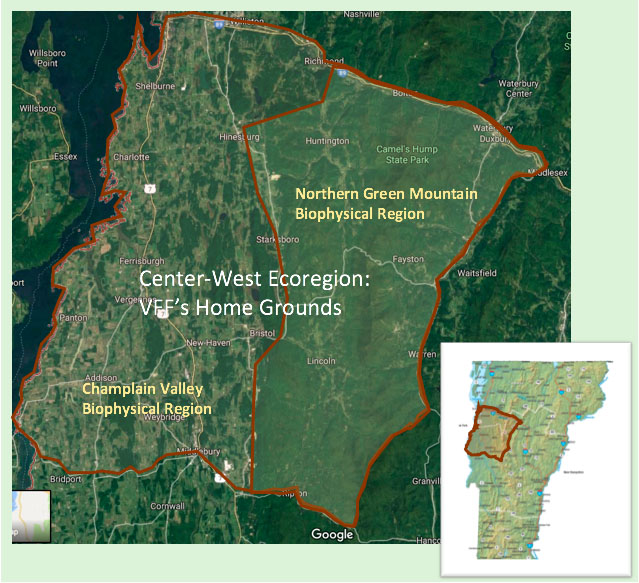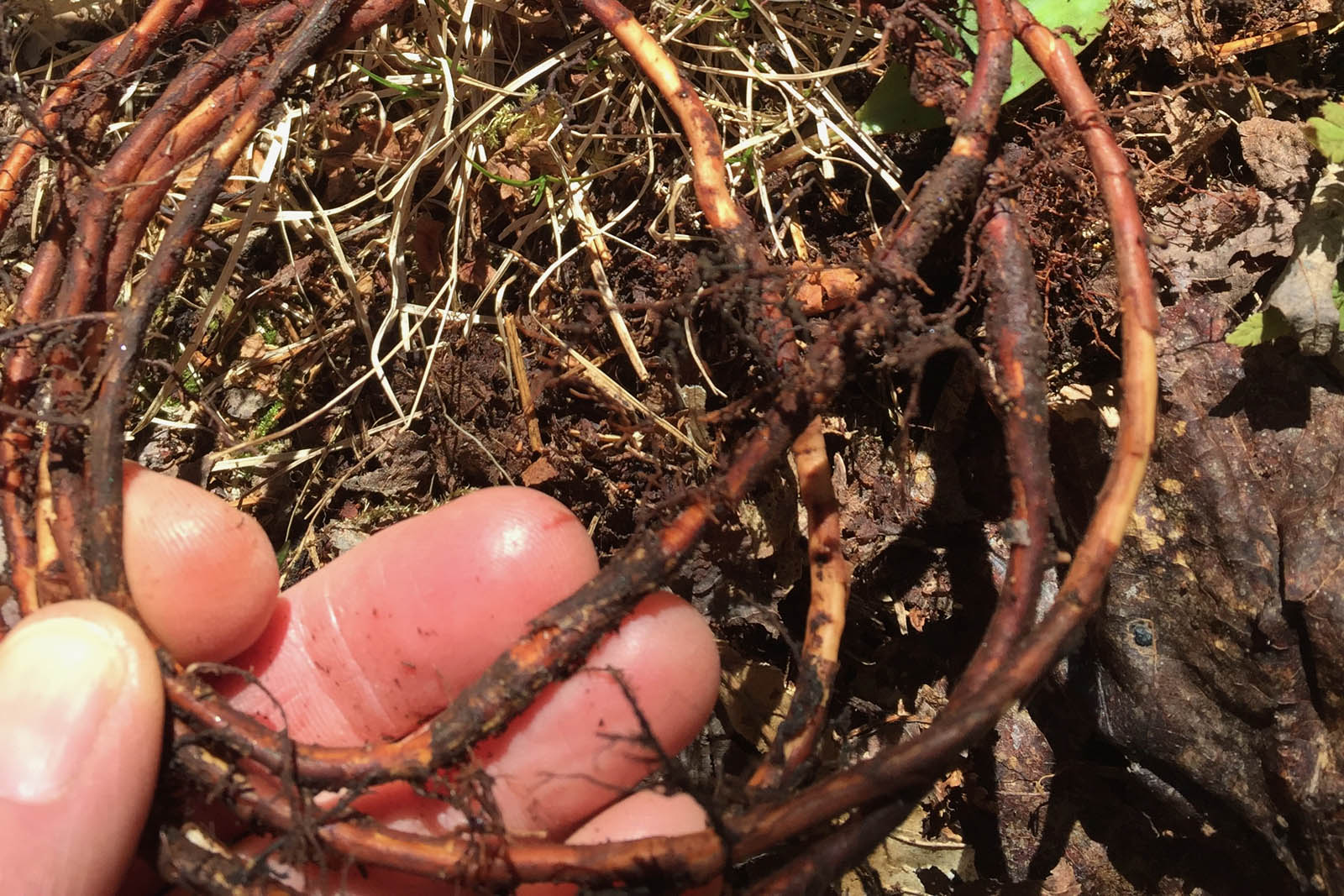
What does mutually beneficial connection with the forests of home look like? This core question lights our fire at Vermont Family Forests. We’re excited to share with you one promising answer that emerged from creative, inquisitive group of students at Middlebury College.
Abenaki Cultural Use Land Access Project FAQ sheet
Last spring, Vermont Family Forests asked students in Middlebury College’s Environmental Studies senior seminar to help us explore the historic and current relationship between Vermont’s indigenous Abenaki people and their home place—particularly here in the Center-West Ecoregion—and how their perspectives and practices might inform the way we care for the land today. Three students—Will Greene, Holton Huntington, and George Valentine—took that question and ran with it. Their research revealed a core finding: limited access to land for gathering plants, fungi, and animals inhibits traditional cultural practices for present-day Abenaki people. This finding inspired the students to suggest a potential solution: to imagine and develop a way for Abenaki citizens to connect with private forest landowners willing to offer access to their land.
During the fall term, three more students—Hannah Redmon, Raquel Maldonado Moron, and Rachel Veneziano-Solle—picked up where the spring term students left off, and fleshed out the details of that potential solution. Working with a group of interested VFF forest landowners and Abenaki chief Don Stevens to delve into opportunities and constraints, the students developed the framework for the Abenaki Cultural Use Land Access Project, articulating a mutually beneficial process for private forestland owners and Abenaki citizens.
While Chief Stevens has worked with state and federal land managers and with private corporations—among them Winooski Hydroelectric Company, TransCanada, and FirstLight Power Resources— to negotiate access to their lands for Abenaki citizens, this is the first effort to reach out to non-industrial, family forest landowners—perhaps the first in the nation (the students did not find any other such private landowner/tribal partnerships). Since privately owned family forests account for more than 62% (2.9 million acres) of Vermont’s forested land, private landowners are key to the Abenaki land access process.
If you’re interested in learning more about offering access to your family forestlands to Abenaki citizens, the following materials will give details and get you started. Please call or email Vermont Family Forests with any questions.
- Frequently Asked Questions (FAQs), Abenaki Cultural Use Land Access Project
- The Abenaki people in Vermont [brochure for landowners]
- Questionnaire for Interested Landowners: Abenaki Cultural Use Land Access Project (email or mail your completed questionnaire to Vermont Family Forests (PO Box 254 Bristol, VT 05443)
If you prefer not to offer land access at this point, but could be interested in participating in another way, consider these possibilities:
- Let Chief Stevens know [chiefdonstevens@comcast.net] if you plan to cut down white birch or black ash trees, both of which are used by Abenaki artisans. Before sending a birch to the mill or bucking it for firewood, consider allowing an Abenaki artisan to cut the bark from the tree. Basket makers pound black ash logs to harvest basketry splints.
- Contact Chief Stevens if you have surplus garden/farm harvest. Chief Stevens may be able to collect and preserve surplus harvests to distribute to Abenaki tribal citizens in need.
- Connect with an Abenaki hunter to help curb a deer problem on your land by reaching out to Chief Stevens.
- Videos: We had the honor of working with Elnu Abenaki citizen Melody Brook during VFF’s Commons Conservation Congress last November. She joined us via teleconferencing and made this short video of her presentation, in which she describes what the land means to her and other Abenaki citizens. Melody also recorded an inspiring TedX talk, which gives further insights into Abenaki culture.


